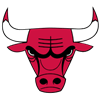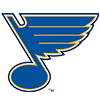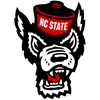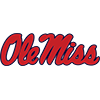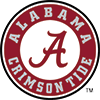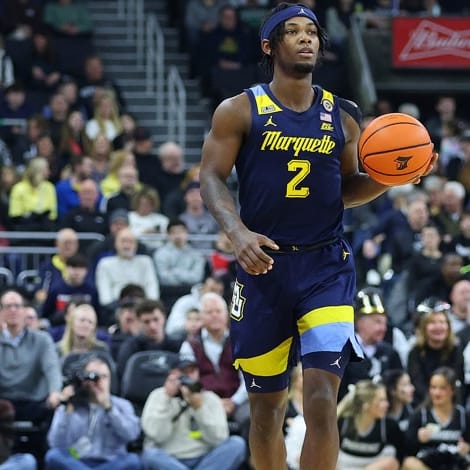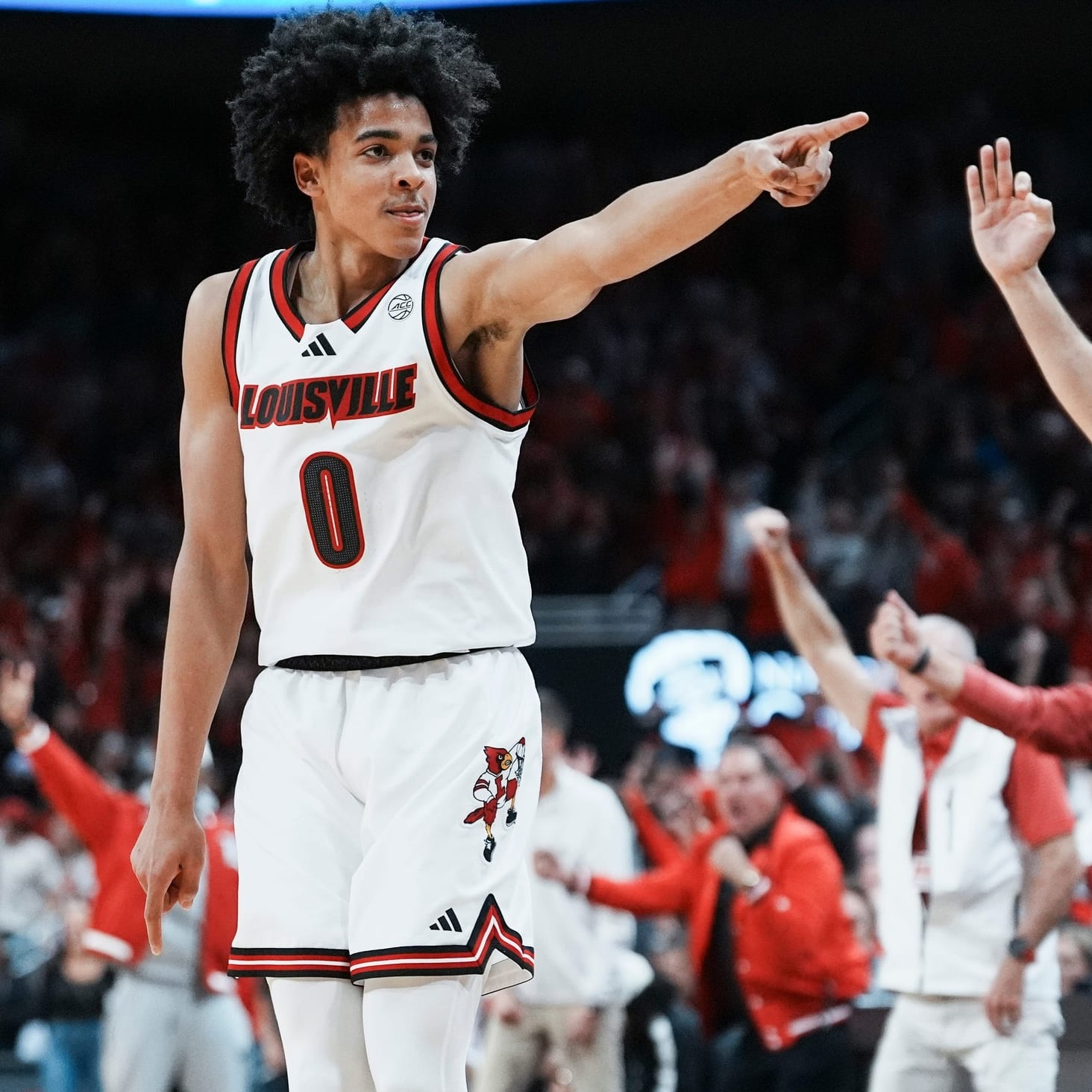Every year is a rebuild/reload in the ACC, but 2019-20 feels a little bit more so. The conference lost its top five scorers and 12 of its top 16, producing 10 first-round NBA draft picks in the process. This year's incoming crop of freshmen, while likely still full of one-and-dones, isn't as star studded as usual, however, with just seven of the nation's top 40 recruits (per Rivals.com) joining the conference, many in spots where they aren't locked in to 30+ minutes nightly.
The league's top-tier in Duke, North Carolina and Virginia all have huge holes to fill, but will seemingly be next man up. Louisville and North Carolina State return more familiar faces in defined roles, while Pittsburgh's young team from a year ago will look to take a step forward. Notre Dame figures to be healthier, and there should be ample breakout players from depleted rosters at Virginia Tech, Syracuse, Boston College, Florida State and Clemson. Meanwhile, Georgia Tech, Miami and Wake Forest continue to search for conference relevance with largely uninspiring familiar rosters.
Key Players
Center: Vernon Carey Jr., Duke 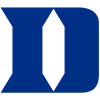
A position usually void of options, the ACC looks poised to offer solid depth at center despite our projections having only 12 bodies officially labelled as such. Carey gets the nod here, as many league formats require a freshman starter and a center, and he can kill two birds and allow for much greater roster flexibility, likely making him an early pick regardless of your
Every year is a rebuild/reload in the ACC, but 2019-20 feels a little bit more so. The conference lost its top five scorers and 12 of its top 16, producing 10 first-round NBA draft picks in the process. This year's incoming crop of freshmen, while likely still full of one-and-dones, isn't as star studded as usual, however, with just seven of the nation's top 40 recruits (per Rivals.com) joining the conference, many in spots where they aren't locked in to 30+ minutes nightly.
The league's top-tier in Duke, North Carolina and Virginia all have huge holes to fill, but will seemingly be next man up. Louisville and North Carolina State return more familiar faces in defined roles, while Pittsburgh's young team from a year ago will look to take a step forward. Notre Dame figures to be healthier, and there should be ample breakout players from depleted rosters at Virginia Tech, Syracuse, Boston College, Florida State and Clemson. Meanwhile, Georgia Tech, Miami and Wake Forest continue to search for conference relevance with largely uninspiring familiar rosters.
Key Players
Center: Vernon Carey Jr., Duke 
A position usually void of options, the ACC looks poised to offer solid depth at center despite our projections having only 12 bodies officially labelled as such. Carey gets the nod here, as many league formats require a freshman starter and a center, and he can kill two birds and allow for much greater roster flexibility, likely making him an early pick regardless of your league's player pool. We've seen Duke be more willing to work their offense through the interior in recent years rather than constantly hoisting from the outside. The Blue Devils look deep on the perimeter, but there's not much behind Carey, so he'll handle as many minutes as his conditioning will allow, which will make him a more consistent threat than Georgia Tech's James Banks, who was wildly inconsistent game-to-game last year.
Also considered: James Banks, Georgia Tech; Steven Enoch, Louisville; Olivier Sarr, Wake Forest; Dominik Olejniczak, Florida State
Freshman: Cole Anthony, North Carolina 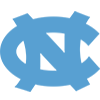
Writing Carey up above allows us to slip in another rookie here. If you draft Anthony to simply match Coby White's production from a year ago, that would be fair. But White played with more top-end talent around him, where as this year's Tar Heel lineup will rely more on it's depth than five-star pedigrees. There isn't an obvious second choice for scoring for UNC, nor is there a clear backup at point with Seventh Woods transferring away. Anthony will have the ball in his hands often and matches White's scoring ability, but also a more natural PG. The floor is stable, and there's conference POY upside if Anthony leads the Heels to the top of the league.
Also considered: Jalen Cone, Virginia Tech; Patrick Williams, Florida State, Matthew Hurt, Duke; Wendell Moore, Duke; Cassius Stanley, Duke; Samuell Williamson, Louisville
Scoring: Chris Lykes, Miami 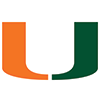
This isn't a sexy pick, but it's an obvious one. Lykes is virtually certain to lead Miami in scoring, and a very likely candidate to lead the conference, purely out of necessity, as the 'Canes don't have much else going for them. Lykes isn't a great option in leagues the include percentages, as he's far from efficient, and he isn't the best facilitator either, averaging 3.2 assists a year ago. Truthfully, he's a one-trick pony you can target late in drafts to give your team a boost in the points category. You know exactly what you're getting when selecting Lykes.
Also considered: Jordan Nwora, Louisville; TJ Gibbs Jr., Notre Dame; Jalen Cone, Virginia Tech; Brandon Childress, Wake Forest, Xavier Johnson, Pittsburgh; Markell Johnson, NC State
Rebounding: John Mooney, Notre Dame 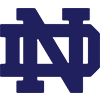
The conference's leading rebounder a year ago, Mooney is an easy choice to repeat that honor. He closed 2018-19 with five straight double-digit rebounding efforts, and failed to reach 10 boards only nine times all season. I do believe the Irish will be healthier this year, which should help their depth and could even lead to a slight decrease in minutes for Mooney early in the year, but come conference play, he's certain to be on the court for 30-ish minutes, and pour in double-double after double-double.
Also considered: Jordan Nwora, Louisville; Steffon Mitchell, Boston College, Nik Popovic, Boston College; James Banks, Georgia Tech; Mamadi Diakite, Virginia
Assists: Tre Jones, Duke 
I was too optimistic as it relates to North Carolina State's Markell Johnson last season with regards to his distribution. He ended up taking 2.1 more shots per game, which led to a 3.1 apg decrease. I'm taking the safer route in 2019-20 with Jones, who averaged 5.3 apg a year ago. He could be a forgotten option in redraft leagues after choosing to return to Duke, and similar to Anthony above, has no clear backup. Jones may not build on his numbers from a year ago, but he shouldn't have any trouble replicating them as the Blue Devils' facilitator, and he chips in nicely in the steals column to boot.
Also considered: Markell Johnson, North Carolina State; Xavier Johnson, Pittsburgh; Derryck Thornton, Boston College
Sleepers
 Derryck Thornton, Boston College
Derryck Thornton, Boston College
Thornton is back for his second try in the ACC, joining the Eagles by way of Southern Cal, where he landed after leaving Duke. Things obviously haven't worked out as expected for the former five-star recruit who was ranked 14th nationally by Rivals.com, but there is a huge void for Thornton to fill in Chestnut Hill with Ky Bowman leaving early. Bowman averaged 19.0 points, 7.5 rebounds and 4.0 assists a year ago, taking 15.6 shots nightly. Thornton isn't likely to flirt with those rebounding numbers, but with Boston College looking reasonably deep in their front court, Thornton looks to have the backcourt largely to himself. It's the perfect landing spot for the grad transfer to finally make good on his talent.
 Trent Forrest, Florida State
Trent Forrest, Florida State
Forrest is the 'Noles returning leader in just about everything with Mfiondu Kabengele, Terrence Mann and Phil Cofer all gone. Forrest isn't a great scorer either, hitting on only 43.9 percent of his shots, including a woeful 23.3 percent on 3-pointers. But he does just enough of everything to maintain fantasy relevance, averaging 9.3 points, 4.5 rebounds, 3.7 assists and 1.9 steals. Given the lack of returning firepower, it stands to reason Forrest's scoring opportunities increase, and if he can just maintain the peripheral numbers, he is a nice addition to fantasy rosters later in drafts thanks to his ability to fill up a box score.
 Garrison Brooks, North Carolina
Garrison Brooks, North Carolina
Brooks hasn't found his groove in Chapel Hill, often times playing at the five-spot with Luke Maye operating at the four. With Maye having graduated, Brooks figures to slide into the power forward spot with freshman Armando Bacot operating as the "center." Brooks isn't going to be the perimeter threat Maye was, and I could see him shifting back to the five at times too with UNC going a bit smaller with Rechon Black and Justin Pierce playing alongside Anthony and Christian Keeling, but there isn't much frontcourt depth behind Brooks and Bacot, and as long as he stays out of foul trouble, he should see an uptick in the 23.0 minutes he logged a year ago. That paired with UNC's losses offensively give him a great chance to improve on his 7.9 point, 5.3 rebound totals from his sophomore year.
Top-10
- Vernon Carey Jr., C, Duke
- Xavier Johnson, G, Pittsburgh
- Cole Anthony, G, North Carolina
- Jordan Nwora, F, Louisville
- John Mooney, F, Notre Dame
- Nik Popovic, F, Boston College
- Elijah Hughes, F, Syracuse
- Brandon Childress, G, Wake Forest
- Mamadi Diakite, F, Virginia
- Markell Johnson, G, North Carolina State








